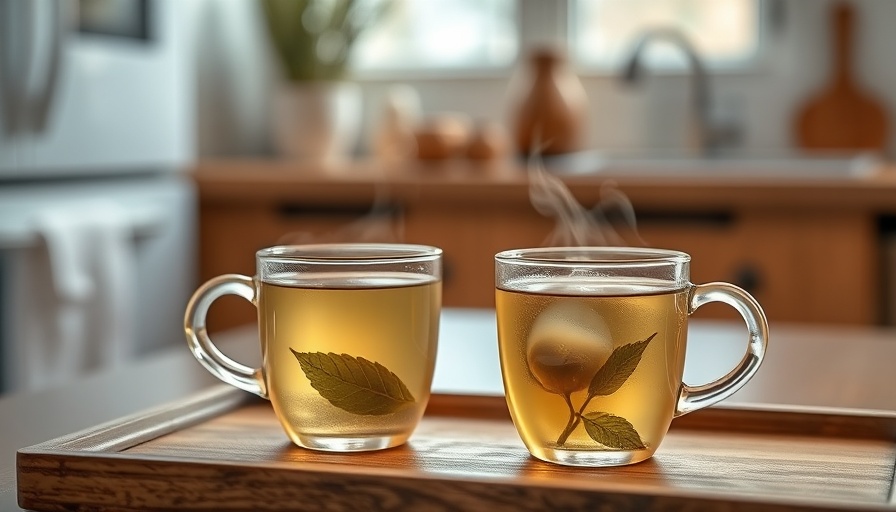
Harnessing Nature’s Power: The Anti-Inflammatory Herbal Tea Solution
In recent years, more than just a few of us have encountered the unwelcome companion of chronic inflammation, an issue linked to several modern health challenges, from autoimmune diseases to everyday discomfort. Understanding what inflammation is and finding ways to combat it naturally can greatly enhance our quality of life. One delightful and soothing approach is through the consumption of herbal teas designed to fight inflammation.
What is Inflammation and Why Should We Care?
Inflammation is a natural response of our immune system, acting as a defender against injuries and infections. However, when this response becomes chronic, it may lead to numerous health issues including arthritis, heart diseases, and even depression.
Research backs the role our diet plays in managing inflammation; certain foods and herbs—especially those that are rich in antioxidants and anti-inflammatory compounds—can significantly assist in this arena. Indeed, herbs like ginger and turmeric have garnered attention for their medicinal properties. They not only alleviate inflammation but also contribute to overall wellness.
Key Ingredients That Pack a Punch
To create your own anti-inflammatory tea at home, consider including these potent ingredients:
- Green Tea: Rich in epigallocatechin gallate (EGCG), green tea is renowned for its anti-inflammatory effects. Studies show that EGCG helps combat a variety of diseases, making it a staple ingredient in your anti-inflammatory arsenal.
- Ginger: A beloved spice in many cuisines, ginger possesses both warming properties and anti-inflammatory compounds. Research has revealed that ginger helps reduce inflammatory markers effectively as well as aids digestion.
- Tumeric: Perhaps the most celebrated anti-inflammatory herb, turmeric contains curcumin, which has been extensively studied and shown to lower inflammatory markers in conditions like arthritis and digestive disorders.
- Licorice Root: Licorice root is known not just for its sweet flavor but also for its ability to soothe inflammation and boost immunity.
By combining these ingredients in a flavorful tea, you can access their combined healing properties in a simple cup. Not only is this tea refreshing, but it also serves as a holistic approach to health.
How to Brew Your Own Herbal Tea
Creating your own tea blend can be quite easy and cost-efficient. With the following basic recipe, you can whip up a soothing cup of anti-inflammatory tea from the comfort of your home:
Ingredients:
- 1 tsp green tea leaves or 1 green tea bag
- 1 tsp grated fresh ginger or 1 tsp ginger powder
- 1/2 tsp ground turmeric or 1 tsp grated fresh turmeric
- Honey to taste (optional)
- 4 cups of water Instructions:
1. Boil the water in a saucepan.
2. Add the green tea leaves along with ginger and turmeric into the water.
3. Allow to steep on low heat for about 10-15 minutes.
4. Strain into a mug, sweeten with honey as desired, and enjoy your homemade anti-inflammatory tea!Beyond the Beneficial Blend
Incorporating anti-inflammatory tea into your daily routine also promotes mindful living, reminding us to take pauses and enjoy healthful rituals. Whether you're winding down after a long day or taking a moment for yourself, a cup of this tea can offer gentle comfort.
Takeaway: A Step Towards Healthier Choices
With the rise of chronic inflammatory conditions, knowing that simple strategies like sipping herbal tea can aid in recovery is empowering. By embracing this natural remedy, we can take constructive steps toward better health. Don’t wait; start brewing your own anti-inflammatory tea today!
By sharing this knowledge with others, you can extend the gift of health not only to yourself but to your loved ones, promoting a lifestyle centered on wellness and self-care.
 Add Row
Add Row  Add
Add 




Write A Comment